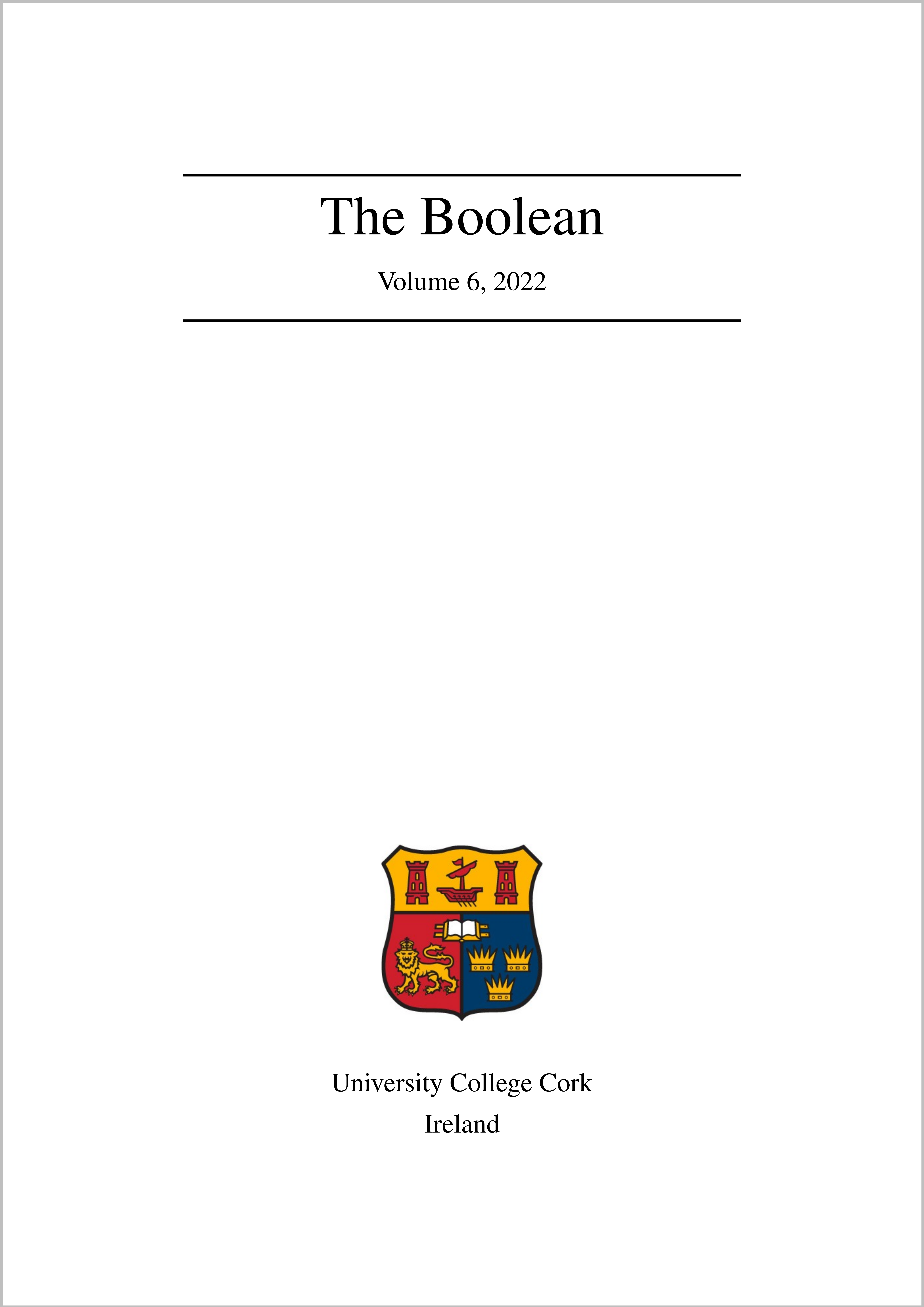The Impact of Light Based Technologies in the Future of Healthcare
DOI:
https://doi.org/10.33178/boolean.2022.1.6Keywords:
biophotonics, screening, diagnostics, clinical translation, education, researchAbstract
There has been an increasing interest in light-based technologies offering cheap, fast and noninvasive disease detection and treatment. In 2016, the market of light-based technologies represented >64% of the total medical imaging market ($90.7 billion in total) and more than twice the radiological imaging market that included X-Ray, ultrasound, magnetic resonant imaging and others. Light-based technologies have steadily increased with the mobile and home healthcare, as well as wearable devices dominating the market to monitor quality of sleep, sports performance, and blood oxygenation in general (including COVID-19 cases). Given the importance of light in the future of healthcare, this paper covers how light-based technologies are used to find diseases early (screening) and accurately (diagnostics) in both whole body (systemically with screening tests) or localized parts of the body (during surgery).
References
Marcelo Saito Nogueira, Jacqueline Elizabeth Gunther, Baptiste Jayet, Jean Souza Matias, Caitriona Tyndall, and Stefan Andersson-Engels. Biophotonics computer app: fostering multidisciplinary distance self-paced learning with a user-friendly interface. In Education and Training in Optics and Photonics, pages Th4B–6. Optical Society of America, 2021.
Marcelo Saito Nogueira, Baptiste Jayet, Jean Souza Matias, Jacqueline Elizabeth Gunther, Caitriona Tyndall, and Stefan Andersson-Engels. Biophotonics web application for computer simulations in diffuse optics: fostering multidisciplinary education and research. In Optical Interactions with Tissue and Cells XXXIII; and Advanced Photonics in Urology, volume 11958, pages 41–49. SPIE, 2022.
Marcelo Saito Nogueira, Katarzyna Komolibus, Jacqueline Elizabeth Gunther, Sanathana Konugolu Venkata Sekar, Baptiste Jayet, Andrea Liliana Pacheco Tobo, Celina L Li, Siddra Maryam, Caitriona Tyndall, Declan Kennedy, et al. Online learning combining virtual lectures, at-home experiments and computer simulations: a multidisciplinary teaching and learning approach. In Education and Training in Optics and Photonics, pages F2B–6. Optica Publishing Group, 2021.
Marcelo Saito Nogueira, Katarzyna Komolibus, Andrea Liliana Pacheco Tobo, Baptiste Jayet,
Sanathana Konugolu Venkata Sekar, Simon Sorensen, Caitriona Tyndall, and Stefan AnderssonEngels. Biophotonics box: educational kit for multidisciplinary outreach activities in optics and photonics. In Education and Training in Optics and Photonics, pages W4B–5. Optical Society of America,2021.
Marcelo Saito Nogueira, Siddra Maryam, Michael Amissah, Huihui Lu, Noel Lynch, Shane Killeen, Micheal O’Riordain, and Stefan Andersson-Engels. Evaluation of wavelength ranges and tissue depth probed by diffuse reflectance spectroscopy for colorectal cancer detection. Scientific Reports, 11(1):1–17, 2021.
Marcelo Saito Nogueira, Michael Raju, Jacqueline Gunther, Siddra Maryam, Michael Amissah, Huihui Lu, Shane Killeen, Micheal O’Riordain, and Stefan Andersson-Engels. Tissue biomolecular and microstructure profiles in optical colorectal cancer delineation. Journal of Physics D: Applied Physics, 54(45):454002, 2021.
Downloads
Published
Issue
Section
License
Copyright (c) 2022 Marcelo Saito Nogueira

This work is licensed under a Creative Commons Attribution-NonCommercial-NoDerivatives 4.0 International License.



